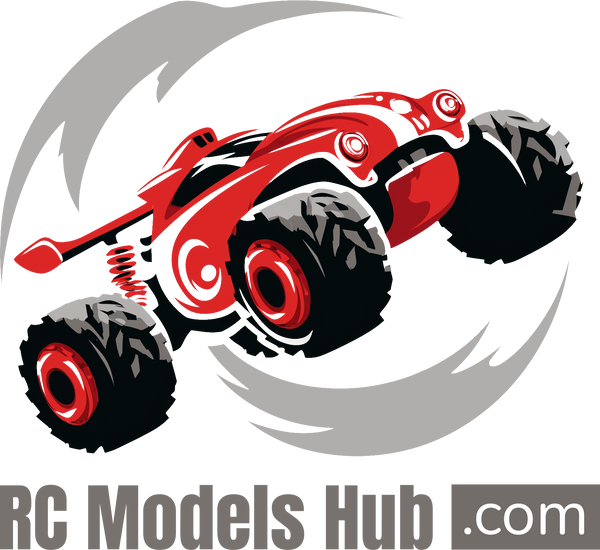What Makes a Good RC Drift Car? Key Features to Look For
Share
Drifting is one of the most exciting aspects of RC car racing. Whether you’re sliding through corners on a polished gym floor or carving around obstacles in a basement drift circuit, the right RC drift car can make or break the experience. But what exactly makes a good RC drift car? In this guide, we’ll break down the key features to look for so you can make an informed choice—whether you're a beginner or a seasoned slider.
1. Drivetrain: RWD vs. AWD
The drivetrain is one of the biggest factors in how an RC drift car handles. Most drift cars come in two configurations: rear-wheel drive (RWD) or all-wheel drive (AWD).
- RWD: Offers more realistic drift dynamics and greater skill challenge. Preferred by advanced users who want precise control and smooth drift angles.
- AWD: More forgiving and easier to drift for beginners. These provide better traction and are ideal for learning basic drift techniques.
2. Tires: Hard Compound or Drift-Specific
Drift cars use special tires made from hard plastic or rubber to reduce grip and allow smooth slides. Standard rubber tires simply won’t cut it for drifting. Look for:
- Hard compound plastic tires for polished indoor surfaces
- Drift-specific rubber tires for outdoor asphalt or rougher terrain
3. Chassis and Weight Balance
A low, balanced chassis helps maintain stability while cornering and transitioning between slides. Features to look for include:
- Mid or rear motor positioning for ideal weight distribution
- Low center of gravity to reduce body roll
- Chassis materials like carbon fiber or reinforced plastic for durability and flexibility
4. Adjustable Suspension
Fine-tuning your suspension can make a big difference in drift performance. Adjustable oil-filled shocks, camber, toe, and ride height settings help you dial in the perfect setup for different surfaces and driving styles.
5. Steering Angle and Gyro Assist
For precise control, your RC drift car should offer a wide steering angle—ideally 45 degrees or more. This allows for sharper turns and better countersteering. Additionally, modern drift cars often come with a gyro unit to stabilize the rear end and assist with control, especially useful for beginners.
6. Brushless vs. Brushed Motor
Brushless motors offer smoother throttle response, better torque, and longer life, making them a preferred choice for performance-oriented drift cars. Brushed motors are cheaper and sufficient for entry-level drifting but may lack precision and speed.
7. Customization and Aftermarket Support
Look for brands and models with a strong aftermarket community. This gives you access to upgrades like carbon chassis kits, aluminum suspension parts, custom body shells, and LED lighting. Popular platforms like MST, Yokomo, and Sakura D4 are well-supported by drift communities worldwide.
8. Body Shell and Realism
While not affecting performance directly, a realistic drift car body adds to the visual appeal. Whether it’s a Nissan Silvia S15 or a Toyota AE86 replica, detailed shells and scale accessories (mirrors, spoilers, exhausts) bring the experience closer to real-world drifting.
Conclusion
A good RC drift car combines balance, control, and adaptability. Whether you're just starting out or tuning your tenth chassis, the best drift car is one that matches your skill level and performance goals. Prioritize drivability, tuning options, and support for upgrades, and you’ll be sliding with style in no time.
